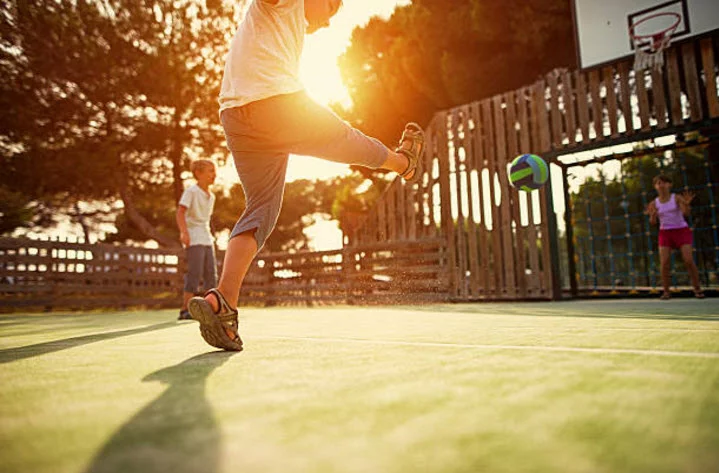Originally posted by: www.consumerreports.org
May is National Bike Month, and one of the great pleasures of parenting is sharing activities with your kids, including bike riding! Here’s a guide to bike trailers (best choices for safety) and bicycle-mounted child seats that will let you take your child on your two-wheeled adventures long before their ready for training wheels.
There are three basic ways to tote your child along on a bike ride: seats that mount on your bike, bike trailers, and trailer cycles.
Whichever you choose, make sure your child is wearing a bicycle helmet. Children under the age of one aren’t ready for a helmet, and therefore shouldn’t be taken on bike rides in any kind of seat or trailer.
Bicycle-Mounted Child Seats
These are placed behind or in front of a cyclist’s seat and can be used with children ages 1 to 5. (They face forward.) The added weight of a bicycle-mounted seat can affect the handling of the bike. This can be unnerving or just annoying, depending on your cycling abilities. A child would have a fall of about 3 feet from a mounted bike seat, which increases the possibility and potential severity of an injury.
Bike Trailers
These look like little sidecars attached to a bike’s rear axle or frame. They can carry children ages 1 to 6 years. Some models carry one child; others can carry two. All models have a weight limit that ranges from 85 to 125 pounds (this range sounds quite high for kids who are only 1 to 6 years old).
Trailer Cycles
These are one-wheel extensions that attach to the seat post or a special rack on a bike for an adult. They’re a good choice when your child is slightly older, would like to do some pedaling, but can coast when he gets tired. Trailer cycles don’t have brakes. They’re designed so that they won’t affect your cycling (think of them as a coaster wheel in back of your bike). Most are meant to be used by children ages 3 to 6, although there are some models, like the Trail-a-Bike, about $320, that are designed for children ages 7 to 10. Some trailer cycles are also foldable for easier storage and carrying. Most models require the child to sit on a regular bike seat and hold on to fixed handlebars. Others, like the Weehoo i-Go pedal bike trailer (about $400, for kids 4 to 9 years old), require the child to sit in a seat with a back, and there are no handlebars.
No matter which seat, trailer, or pedal trailer you buy, carefully follow assembly and installation instructions. This is crucial to your child’s safety. If you are at all unsure, have someone at a reputable bicycle shop do the job or ask them to show you.
It’s also a good idea to check with your pediatrician before you take your child out on a bike—no matter what kind of accessory you select—to be sure that he or she is developmentally ready for the experience.
We prefer bike trailers but if you want to use a child’s bike seat, we think it’s better to go for a rear-mounted version. Front-mounted seats can interfere with steering the bike, and with pedaling. While we think bike trailers are inherently safer, a bike seat can be fine if installed and used properly. Ultimately, the choice comes down to what makes you and your child most comfortable.
For full article, read more at: http://www.consumerreports.org/cro/bike-trailers/buying-guide.htm
Keeping your child safe on the trail is just as important as making sure that you are prepared, by having a record of their DNA and medical information handy! Our McGruff Safe kit allows you to do all of that, along with teaching your child basic safety tips in a kid-friendly way. Request your own no-cost kit today!






